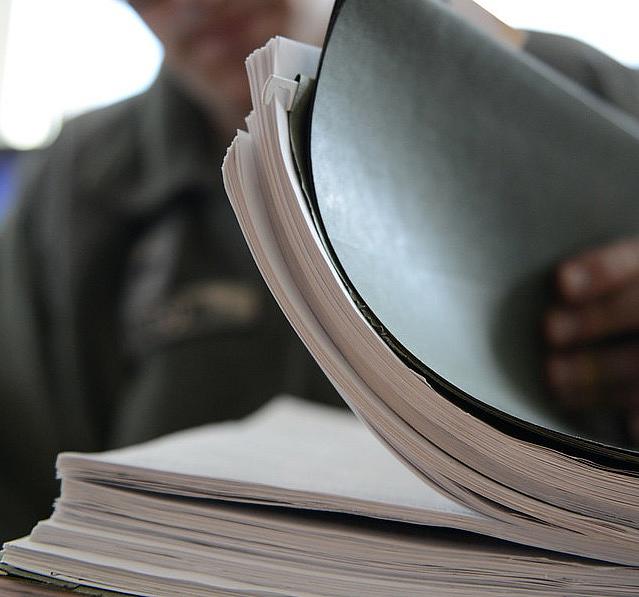COVID-19 has created a transparency crisis, too

(Fort George G. Meade Public Affairs via Creative Commons/Flickr)
When reports of a new, deadly and more transmissive coronavirus began emerging in January 2020, questions of what was to come followed. Local, state and national health officials were unprepared for the deadly scramble of the next few months and the need for transparency became more important than ever.
In June, Columbia University’s Brown Institute for Media Innovation launched a collaborative open-records repository — the Documenting COVID-19 project — focused on document sets related to the pandemic obtained through public record requests. These documents help us understand how public health officials shape their public health policy, what works, and what didn’t.
By creating such a large-scale project that covers almost all 50 states, it gives us the opportunity to see what states have been more successful in handling this pandemic and why. It also allows us to see how local health officials are catering to the unique characteristics of their residents — such as factoring in race and ethnicity in messaging and public health education.
As a researcher for the project, and California native, I have had the opportunity to focus my requests across the state of California to better understand health officials' response to the pandemic and the vaccine rollout beginning last December.
Over the next few months, in partnership with the Documenting COVID-19 project and Cal Matters, we aim to publish a series of investigative stories using public records to report out the changes in vaccine distribution, equity and data collection. Governor Newsom has been vocal about his goals for California’s vaccine distribution, which so far the state has fallen short of. With support from the 2021 Impact Fund, we want to look inside health departments to find out why.
The widespread nature of the requests allows us to pinpoint specific regional stories that may have been otherwise overlooked. By continually filing rolling requests, we can see how policy making is changing and provide an opportunity for accountability journalism.
Public records-based reporting allows the public to see what communications are being held behind closed doors. Smaller stories about previously unreported outbreaks and mismanagement can be reported out from the correspondence between health officials. This type of reporting can also show how decisions develop in a crisis that is changing daily.
It is also one of the best ways to understand the timeline of events. With pandemic coverage heavily based on numbers and milestones, such as the beginning of the vaccine distribution, this type of work allows us to see how long it took officials to prepare for the first dose of the vaccine or how long they spent prioritizing doses.
COVID-19 is a global public health crisis surrounded by a lot of misinformation and little transparency. Data on outbreaks in different counties has been withheld, vaccine milestones are struggling to be met, and data projections that influence public health policy are still not being shared.
Being able to report from the communications and records of public health officials ensures that those officials are held accountable and helps us better understand the complete story.
This is a virus that affects everyone, and it is in the public interest for residents to be informed on policy making that will directly impact their health. While coverage has been extensive, no other organization has taken on using public record correspondence to outline decision making on such a large scale. Demanding transparency will help inform residents and keep policy makers accountable for how they continue to handle this virus.

